Leading ecologist says climate change should be mentioned in Australia's new threatened species legi
· In short: A series of reviews has found the present laws designed to protect threatened species are no longer fit-for-purpose.
· Ecologist Professor Hugh Possingham says climate change could be a major threat to biodiversity.
· What's next? The Albanese government is expected to announce changes to the Environmental Protection and Biodiversity Protection Act (EPBC Act) in 2024.
One of Australia's leading ecologists says climate change should be specifically mentioned for the first time in revamped threatened species legislation, due to be released by the Albanese government later this year.
"After land clearing, it [climate change] could by 2050 be the biggest threat to diversity and so we've got to think carefully about that," says Professor Hugh Possingham, chief councillor with the Biodiversity Council.
"There may be habitat that doesn't contain a threatened species but will be essential in the future because most of our species have to move 300 kilometres towards the poles to deal with climate change.
"So we may have to protect habitat that isn't a known current habitat of a species, and that would also have to be in the legislation."
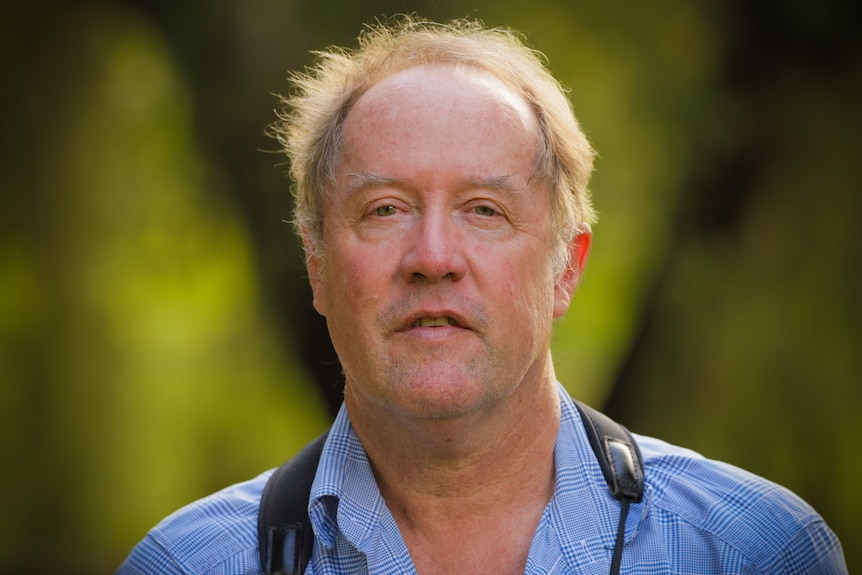
Chief councillor with the Biodiversity Council, Professor Hugh Possingham, says that after land clearing, climate change could be the biggest threat to biodiversity.(ABC News: Christopher Gilette)
Major changes to legislation
Federal Environment Minister Tanya Plibersek is expected to announce major changes to the Environmental Protection and Biodiversity Conservation Act (EPBC Act) later this year.
Professor Possingham, a former Queensland chief scientist, says the EPBC Act is more than 20 years old and no longer fit for purpose.
"If you rate its performance on how well threatened species are going, it's not performing at all. In fact, the declines before the EPBC Act came in were about 2 per cent a year and since then the rate of decline of threatened birds has gone up slightly."
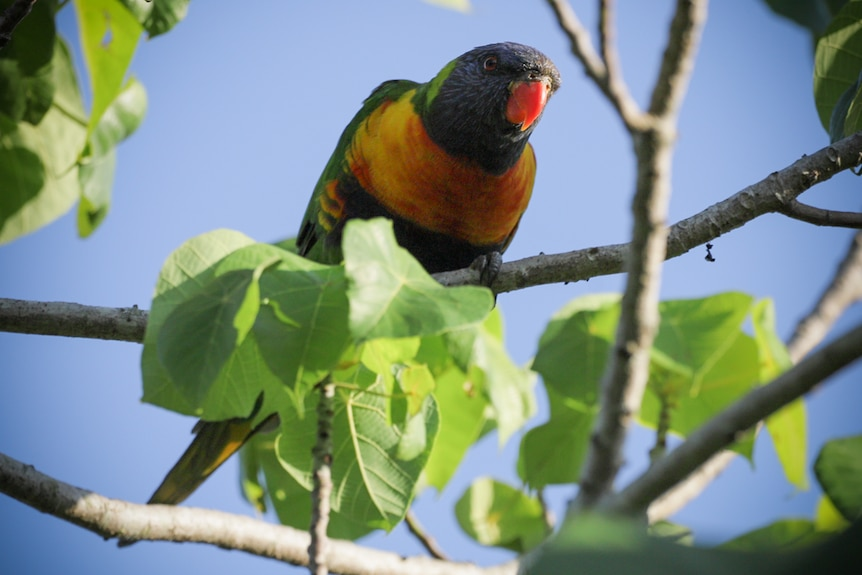
Professor Possingham says that around 170 different bird species have been recorded at Brisbane's Sherwood Arboretum.(ABC News: Christopher Gilette)
7.30 caught up with Professor Possingham at Brisbane's Sherwood Arboretum, which he says is one of his favourite bird-watching places.
"There's a nice diversity of habitats; we have recorded over 170 different bird species here in this little park."
But as both a University of Queensland ecologist and a mathematician, Professor Possingham is worried about what the numbers are telling him.
"The maths tells us, and the modelling tells us, unless a species has at least 5,000 individuals — and that's a lot, and many of our species are way below 5,000 individuals — their long-term future is precarious."
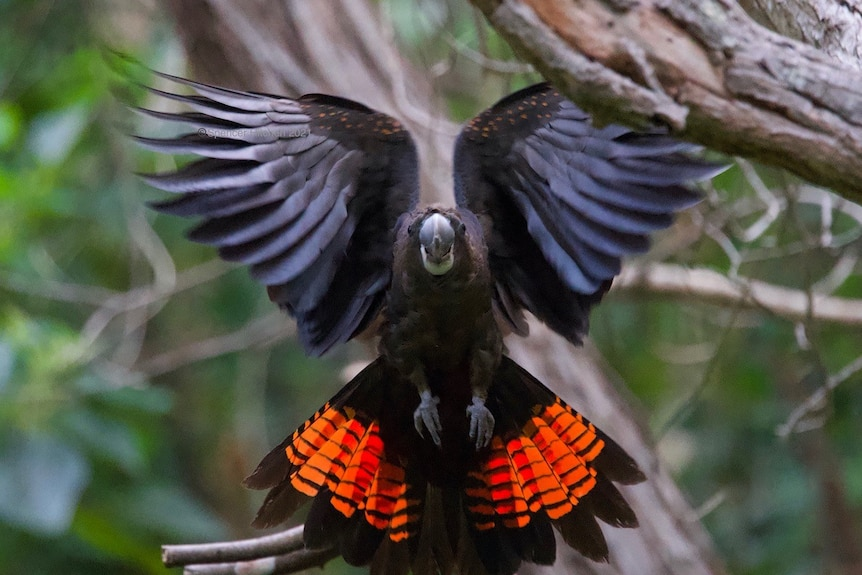
The glossy black cockatoo is listed as vulnerable and is estimated at around 10,000 birds in Australia.(Supplied: Spencer Hitchen)
'Australians don't want any more extinctions'
Professor Possingham says one of the reasons why the EPBC Act has failed is because it is not properly enforced.
"We know 7 million hectares of habitat – habitat of known threatened species; that's one per cent of Australia, that habitat – is being destroyed in the last 20 years," he said.
"Most of that destruction was never referred to the Commonwealth government, so it's like there's no way of stopping it if it doesn't go to the government, so there aren't the people on the ground."
The problem is that for a lot of land-clearing, the present laws relies on self-assessment by landholders.
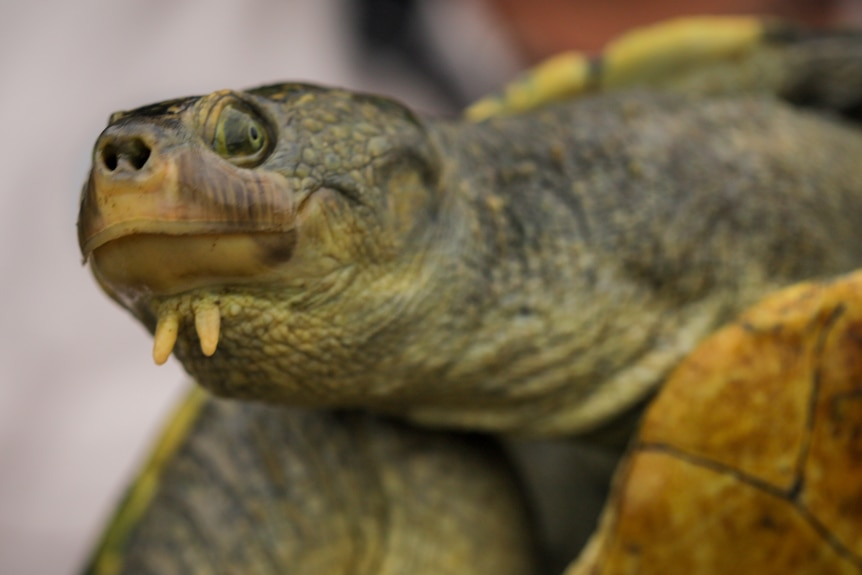
The "bum-breathing" Mary River turtle is an endangered species.(ABC News: Chris Gilette)
"If it's a big and obvious project like a government project or a coal mine, then clearly it's going to be assessed because it's very much in the public eye, and they all get assessed, but a lot of the other clearing for threatened species isn't assessed," he said.
But he also says the federal government should use a carrot rather than a stick approach.
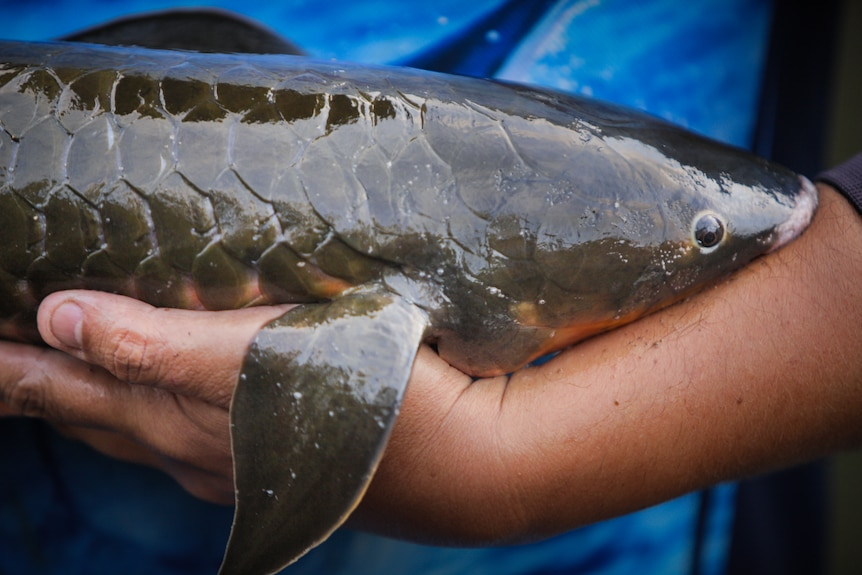
The Australian lungfish is one of the species listed as vulnerable.(ABC News: Chris Gillette)
"All the landowners I talk to care as much about threatened species as I do. All Australians don't want any more extinctions," he explains.
"[But] landholders also have to have a viable livelihood – so they need stewardship payments, they need compensation and they need the tools to work with government and not-for-profits and independent organisations to save threatened species."








